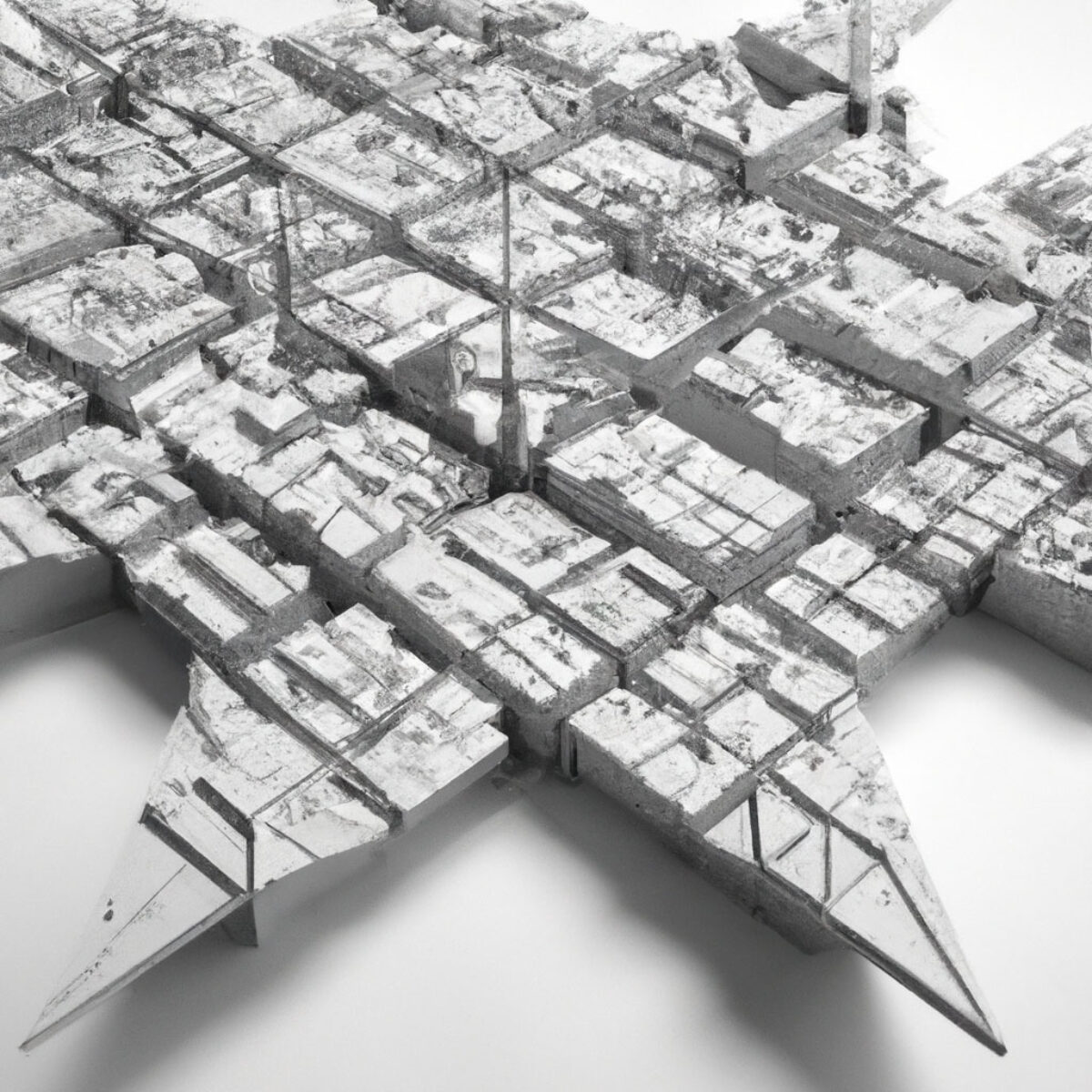In the summer of 2022, the nonprofit artificial intelligence group OpenAI introduced DALL-E, a groundbreaking text-to-image artificial intelligence software engine. With a prompt of a few simple words, this engine could produce dozens of photorealistic images that depicted the prompt. The popular press marveled at the striking new technology and a flood of AI-generated images, created as easily as one might make an errant comment, left some critics to ponder the future of the creative process. Architects were quick to seize on the complexities and contradictions of DALL-E with a surge of freshly generated and startlingly compelling architectural images on the one hand, and a moral panic around the implications of rapidly advancing artificial intelligence on the other. By autumn, it was clear that this technology, developed for purposes totally unrelated to architecture, was confronting architects with profound new questions around the future of design.
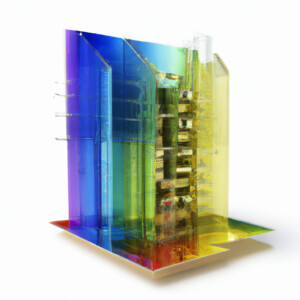
The advent of new generative AI methods seemed to resurface latent sympathies and hostilities about the role of technology, software, media, and data in architectural practice. Arguments about authorship and agency that emerged with the first application of computers to design around 50 years ago—and that seem to recur with each technological cycle—were exhumed for another ritual airing. Tacit questions about the hierarchy of design practice, such as who truly holds creative power, hovered at the margins as well. Design technology is often reflexively associated with the tooling of production labor, a means to control the execution or documentation of ideas rather than a locus of creation itself. Yet new AI systems erase the distinction between production and creation with a technology that accelerates both, a medium through which to imagine novel design ideas rather than merely a utilitarian tool to more efficiently produce drawings, images, or models. By destabilizing the typical media of representation and upending the hierarchy of creative labor, are these new technologies inimical to the foundational conventions of architectural practice?
Perhaps architectural practice needs some creative destruction. Young architecture offices have always faced challenges, from finding clients willing to trust large capital investments to untested designers with scant built work, to the risky up-front investment by architects themselves to keep a practice going until viable commissions can support the office as a business. Yet today, the classical model of a small design practice nurtured by will, pluck, and ineffable creative fervor is more precarious than ever. If the number of successful young firms is a barometer of how welcoming an industry is to innovation and generational opportunity, the architectural scene is a dismal picture. Rankings of the most financially successful architecture firms are dominated by offices with roots that date back decades. Even modest mid-sized firms—say, those with revenue in the $25–$50 million range—were founded more than 45 years ago on average, with some being twice as old.
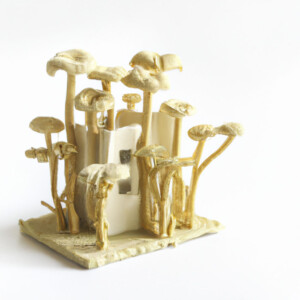
Young designers have to think in terms of decades or generations to establish their practices, while venture-backed start-ups, in contrast, think of growing to the same scale in terms of months. And while the survival rate of firms varies widely by industry, a recent estimate from the US Bureau of Labor Statistics suggests that firms in the construction space—which architecture is ultimately a part of—have among the lowest 10-year survival rates, roughly half that of health-care businesses. Moreover, within architecture, engineering, and construction, a decade of mergers and acquisitions has created a much more hegemonic and consolidated business landscape. By 2018, about half of 2008’s largest architecture, engineering, and construction firms had consolidated with others. Starting any small business has also gotten more daunting. Between 2000 and 2010, the number of new jobs created by small businesses (defined as companies of fewer than 250 employees) of any type in the United States plummeted by nearly half. Ironically, by this measure, many of the largest architecture offices in the US are still small businesses. Regardless of talent and determination, the fortunes of small design offices are dominated by macroeconomic factors and by their ability to compete in a differentiated way, and by these metrics, competition is tough indeed.
The march of digital automation is likely to cloud the picture for new practices further. The striking products of AI are only one example of how technology may restructure, democratize, and upend architectural practice and labor. Beyond manual jobs most susceptible to automation, scholars have warned that the so-called knowledge professions, including architecture, must adapt or reinvent themselves. While the most dire disruptions hinted at by newer AI technologies—massive workforce redundancy or the wholesale replacement of architects by automated tools—will likely be avoided, architects must confront these developments free of any sentimental or antiquated image of what their discipline should be.
The future health of the discipline demands deeper experimentation with alternative models of practice that embrace the opportunities of a changing cultural, technological, and economic landscape without nostalgia. To pioneer new work, young offices must be more resourceful about developing transdisciplinary approaches grounded in architecture but claiming a broader design mandate. An integrated practice that fuses design, data, and technology more holistically is not only better aligned with seismic technological and economic shifts than classical models of practice, but it is also, arguably, better placed in the contemporary cultural conversation.
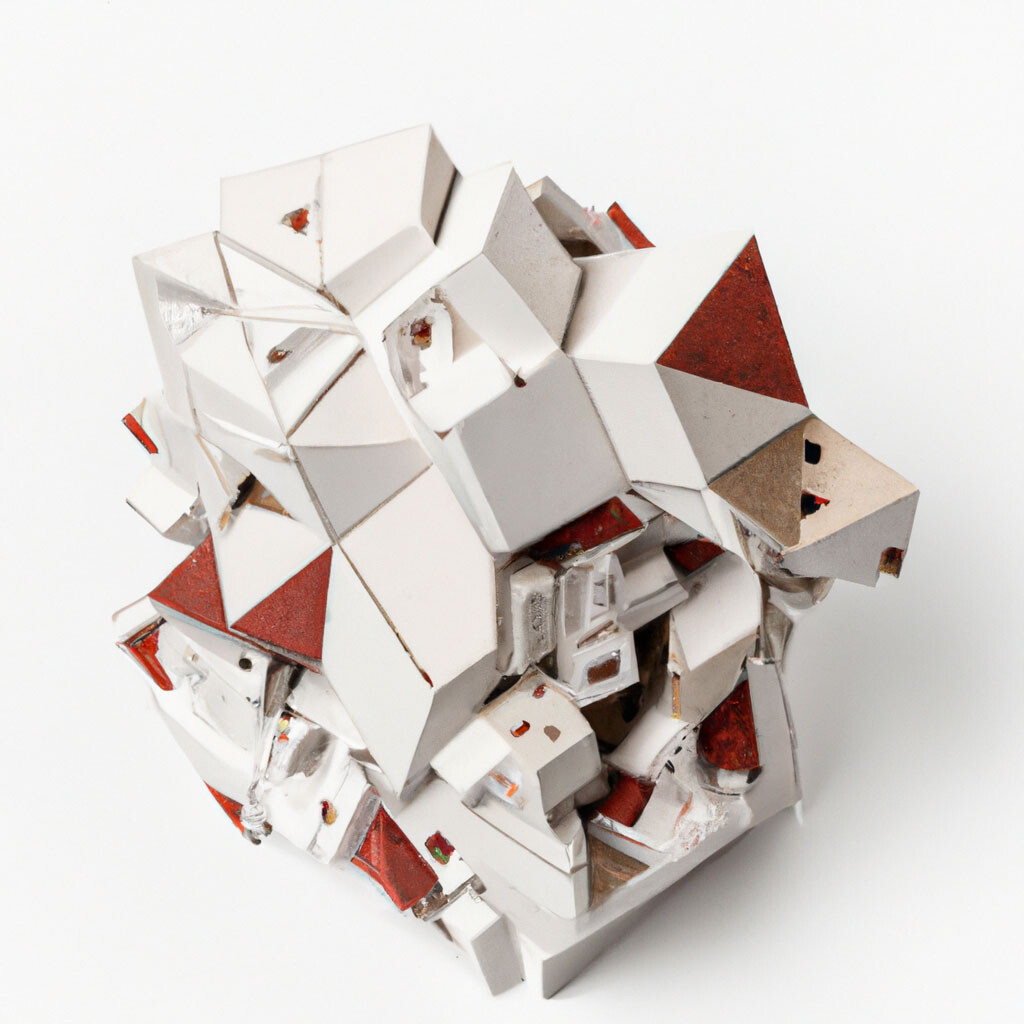
Data has become a common lingua franca among disparate disciplines and industries, and as such constitutes an indispensable mode of analysis, insight, and action around complex multidimensional problems. As vexing ecological, social, and economic issues call for systemic transformation, data can provide a common framework for understanding and action. Architects intuitively feel the need to respond to these challenges today, yet rudimentary data literacy—including topics like data sourcing, acquisition, and cleaning; data visualization; and elementary statistics—is virtually absent from architectural practice and training. If architects want to expand their impact in tackling systemic challenges and win allies as informed system designers, leveraging data is an essential tool.
Data is essential not only to inform how we deal with urgent societal and planetary challenges as a discipline, but today it is also fundamental to contemporary cultural life. In fact, by some measures, data has long surpassed architecture as a subject of popular fascination. Consider, for instance, how frequently “architecture” or “data” are mentioned in the popular press and published conversation. In the 19th century, during the initial professionalization of architecture, “architecture” and “data” appear with comparable frequency in published sources. Of course, data in the 19th century was not the electronically manipulable computational quanta we now know. When that usage became current in the 1940s, references exploded, so that by the mid-1980s, data was mentioned in published sources a staggering 60 times more frequently than architecture. Moreover, today data drives and shapes every digitally mediated interaction and is embedded in how we access and experience much of our world. There can be little doubt that data has captured the cultural imagination of the 21st century.
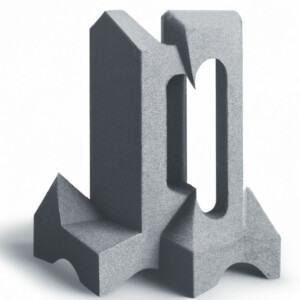
We hardly need statistics to corroborate the ubiquity of data and digital media in popular culture. Yet digital media is transforming the more elite spheres just as profoundly. One index of the burgeoning cultural influence of technology is the swelling number of institutions devoted to the intersection of design, art, and technology. Lisbon’s Museum of Art, Architecture and Technology, Basel’s HeK (Haus der Elektronischen Künste), Shanghai’s Aiiiii Art Center, Berlin’s Futurium, Dubai’s Museum of the Future, and Tokyo’s teamLab exhibition space, as well as older institutions including Karlsruhe’s ZKM and Tokyo’s InterCommunication Center and Miraikan, have all been founded in the last 20 years or so to champion the possibilities of integration of art, design, and technology. When compared to the number of new institutions devoted specifically to architecture founded in the same period, one might plausibly argue that data and digital media are more relevant as a cultural force than architecture itself.
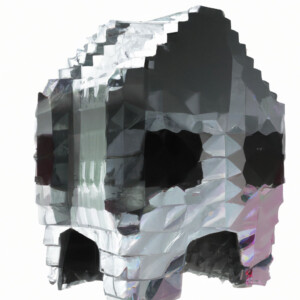
Beyond its popular and social relevance, interweaving data more deeply with design practice offers creative possibilities to address the ever expanding visual data that is an essential product of our collective society. Try as we may, human eyes and brains are finite. If one scrolled through Google Images endlessly—16 hours a day, for 80 years—one would have seen about 25 billion images, a miniscule proportion of the estimated 750 billion images on the internet, or the 1.72 trillion photographs taken every year. In training as an architect, one could not hope to see more than a few tens of thousands at an absolute limit. Data science techniques open the possibility of comparative analysis for vastly larger sets of visual data, effectively augmenting the intuition and capacity of an architect. In recent years, new tactics of data sensemaking such as machine learning and neural computation have opened up the possibility to address qualitative dimensions of visual data that were once thought to be beyond the purview of calculation—dimensions like textual descriptions or comparisons that had been the exclusive domain of architectural critics. This blurs the boundaries between the humanistic and computational techniques of analysis and criticism, and further calls into question the sacrosanct distinction between design and technique.
What, then, would a data- and media-fluent design practice that could respond to these evolutions look like? First, it would be multidisciplinary to its core, drawing people with versatile design, technical, and humanistic backgrounds capable of negotiating our world’s multidimensional design problems. Thanks to this broad disciplinary background, it could omnivorously imagine projects across scales and industries, engaging the relevant issues at a deeply strategic level. Second, it could imagine innovations in spatial design beyond the typical typologies by intersecting physical space with data-enabled ways of perceiving and understanding it. Third, it would be an office very much about making the future in tangible, physical, spatial detail, not merely visualizing possibilities digitally. It would understand the continuum between physical and digital experience as more fluid today than ever before, and that fluidity is a uniquely contemporary design opportunity. Fourth, it would embrace collaborations in many forms, engaging corporate, institutional, governmental, and cultural clients with equal relevance because it could speak the common data language of systemic challenges.

Some might protest that architecture is a generalist discipline, and that an expertise developed in media or data smacks of specialization. Yet ironically, one could argue that data science is the generalist discipline of our time, in demand and applicable in virtually every field and a veritable necessity to understand the complexities of contemporary life. By connecting spatial imagination, creative drive, and a technically synthetic approach, a young office could prototype a new kind of creative generalist.
The survival of any fledgling design venture depends on its ability to create a differentiated, valuable, and defensible expertise. While architectural methodologies and business models for young offices have remained complacently stagnant for decades, the context in which they operate has dramatically transformed. Beyond macroeconomic and technological changes, over the last 20 years, the very definition of design itself has mutated around architecture, with the advent of user-centered design, design for manufacturing, strategic design, and design futures, to name only a few. Yet architecture has remained largely oblivious to these developments, content to conform to outdated models of practice until the bitter end. To create a future for design, we must look to the challenges and opportunities of today. The data-enabled design office is no universal panacea for the ills afflicting architectural practice. Yet it might be a conduit for a richer and more vital way of practicing design—one attuned to our age and embracing the opportunities ahead.
Andrew Witt is an Associate Professor in Practice in Architecture at the GSD. Witt is also co-founder, with Tobias Nolte, of Certain Measures, a Boston/Berlin-based design and technology studio.
